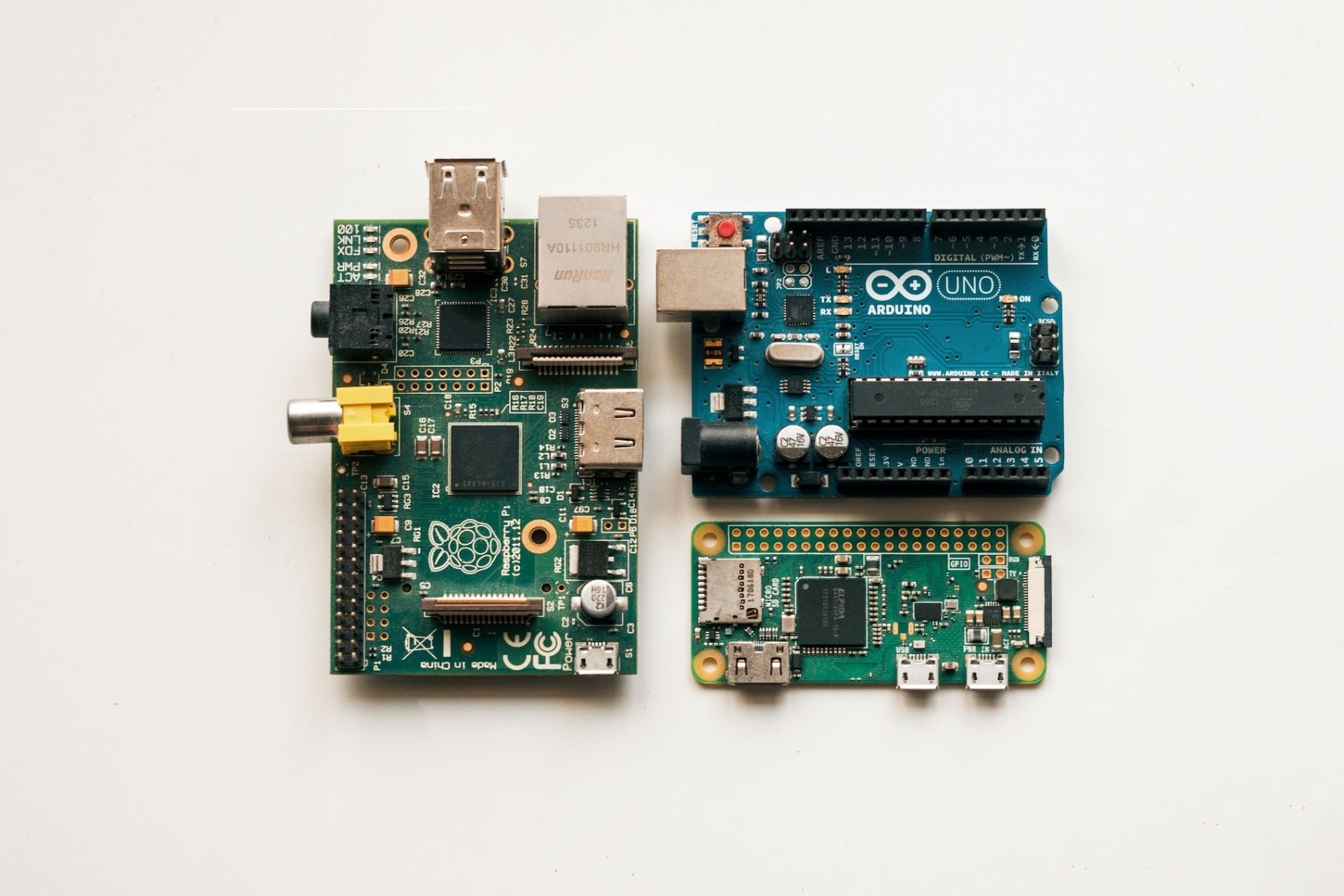
The 3 Major Types of DDoS Attacks and How to Prevent Them
October 29, 2024 - Emily Newton
Revolutionized is reader-supported. When you buy through links on our site, we may earn an affiliate commission. Learn more here.
Distributed denial-of-service (DDoS) attacks are some of the most prominent types of cybercrime today. Like many threats, though, they come in many forms, especially as cybercriminals adapt to new protections. Learning about the different types of DDoS attacks is the first step to ensuring comprehensive security.
What Is a DDoS Attack?
All DDoS attacks involve overloading a server or network by flooding it with simultaneous requests. Instead of attempting to get past an organization’s technical defenses or trick users, they simply push the system to its breaking point.
That may seem simple, and at its core, it is. Simplicity is part of the reason why this attack vector is so popular. As long as brute force can scale up alongside increases in IT infrastructure’s capacity, it can work. Taking a service offline by overloading it is often easier than trying to hack past advanced security software, too.
In some cases, cybercriminals stop once they cause this disruption. However, others could use the window the outage creates to deliver malware, steal sensitive data or perform other attacks.
While DDoS attacks may not be new, they are still a growing threat. The scale of DDoS attempts has risen tenfold in just five years, so it’s more critical than ever to defend against them.
3 Main Types of DDoS Attacks
There are many types of DDoS attacks, but all tend to fall within three primary categories — volumetric, application layer and protocol attacks.
Volumetric Attacks
Volumetric DDoS attacks are the most straightforward and common kind. These aim to take up all of a network’s available bandwidth so it can no longer process normal requests.
Cybercriminals typically perform these takedowns in one of two ways — flooding or amplification. Flooding is as simple as overwhelming the target server by sending simultaneous requests, often through an army of high-bandwidth Internet of Things (IoT) devices.
Amplification has the same result but takes a slightly different approach to hide its origin. It often uses fewer bots and devices but forges the requests’ return address to be the same as the victim’s. On top of concealing where the attack comes from, this amplifies the impact without needing a larger botnet.
Application Layer Attacks
Application layer or “Layer 7” attacks, as their name suggests, target the application layer of a network. This is the point where humans interact with the system, be it a website, IoT device or app.
DNS services and HTTP requests are common targets here. The big problem with this method is that such requests often appear legitimate. A spike in HTTP activity may seem like a normal bump in usage, causing some defenses to miss the impending danger.
Some application layer attacks are also volumetric — DNS flooding is a great example — but not all are. Non-volumetric alternatives don’t involve as much infrastructure or may use smaller botnets but maintain their effectiveness by focusing on harder-to-catch or harder-to-stop areas.
Protocol Attacks
The third and final main type of DDoS attack are protocol attacks, also called state-exhaustion or infrastructure layer attacks. These target the network and transport layers, which manage data transmissions.
Many protocol DDoS attacks are volumetric, including SYN and UDP floods. They often involve sending repeated requests but not responding to them or flooding the system with fraudulent error messages. In all their forms, they go after protocol-specific vulnerabilities, which are often well-known.
Because these requests target known vulnerabilities and don’t look like normal traffic, they’re generally easier to detect. However, this does not mean organizations don’t need to worry about them. Protocol attacks can still cause significant damage if businesses don’t protect against them.
How to Protect Against DDoS Attacks
All types of DDoS attacks are damaging, and they’re becoming more common as the resources to perform them become increasingly accessible. In light of this threat, IT leaders should take several precautions.
Reduce Attack Surfaces
The first step in preventing a DDoS attack is reducing the network’s attack surface. Restricting resources and applications to remove unnecessary connections or communication will leave cybercriminals with fewer points to perform a DDoS.
Load balancing is a crucial step in this endeavor. Automated load balancers transfer workloads between different servers to avoid putting too much stress on any single one. As a result, applications can handle thousands of client requests without suffering a drop in performance.
Blocking communication from unused ports is another critical attack surface reduction measure. Businesses can also restrict various kinds of traffic to different locations, making traffic more manageable and ensuring suspicious activity is easier to spot.
Ensure Robust IT Infrastructure
All types of DDoS attacks are also easier to prevent when it takes more to overload the network. Increasing network bandwidth and server capacity are the two main fixes under this umbrella. When both these factors provide more size and strength than organizations need, DDoS must be far greater in scale to do any damage.
It’s important to remember that size alone is not the only way to make IT infrastructure robust. The system must also be easily scalable so it can adapt to rising demands. Moving to the cloud and taking advantage of efficient computing methods like containerization will help.
Monitor Traffic
Finally, IT administrators should watch for suspicious spikes in activity. In order to spot these trends effectively, they must first establish a baseline for what normal traffic looks like. An automated network monitoring tool makes this analysis easier.
Once admins know what’s normal, they can program an automated anti-DDoS model to identify and address unusual activity spikes in real time. While it’s theoretically possible to do so manually, it would require a massive IT workforce, which isn’t realistic.
Artificial intelligence (AI) is the ideal solution, and many AI-powered anti-DDoS tools are readily available today. Such defenses save an average of $2.2 million after a data breach by enabling quicker, more informed responses.
Stay Safe From All Types of DDoS Attacks
All types of DDoS attacks are threatening, and the rise of automated cybercrime makes them more relevant than ever. Businesses must defend against these threats, which begins with learning about them.
Once organizations know how these risks may affect them, they can craft more effective defenses. These will have to adapt over time as DDoS methods do, but it’s an important first step.
Revolutionized is reader-supported. When you buy through links on our site, we may earn an affiliate commission. Learn more here.
Author
Emily Newton
Emily Newton is a technology and industrial journalist and the Editor in Chief of Revolutionized. She manages the sites publishing schedule, SEO optimization and content strategy. Emily enjoys writing and researching articles about how technology is changing every industry. When she isn't working, Emily enjoys playing video games or curling up with a good book.







